After two years of extensive trials, Neoen’s Hornsdale Power Reserve now has the capacity to provide an estimated 2,000 megawatt seconds (MWs) of equivalent inertia to South Australia’s grid through Tesla’s Virtual Machine Mode technology.
Known as virtual synchronous machines or grid forming inverters, this technology gives batteries the capacity to help stabilise the grid by providing inertia. Along with frequency control services, inertia is necessary for operating a stable grid and is especially important after major disturbances.
Until now, inertia services have only been provided by gas or coal fired generators and their rapid retirement is causing inertia shortfalls or grid instability – especially in regions like South Australia, where renewable penetration has reached 64% over the last 12 months.
The Hornsdale Power Reserve will now be capable of providing around 15% of the state’s predicted inertia shortfall – a globally significant milestone.
The use of the technology at Hornsdale has been approved by the Australian Energy Market Operator (AEMO), which has been working closely with Neoen, Tesla and ElectraNet, South Australia’s network operator, to trial the Virtual Machine Mode at Hornsdale following its expansion in 2020.
Together the cohort have now completed all the necessary studies, testing and analysis to deploy the technology at scale, with that capacity available from today.
“We are proving that our assets can replace fossil fuels not only in the production and storage of electricity, but also through providing all the essential services that a power system needs to function,” Neoen’s Chairman and CEO Xavier Barbaro said. “We are keen to build on this progress, continuing to innovate and to accelerate the transition to renewables in Australia and around the world.”
Realising the full value stack of batteries
Grid-scale big batteries in Australia find themselves in a funny position today where the technology is capable of providing multiple grid services, including fast frequency response, frequency regulation and energy arbitrage, and now – with advanced inverters – inertia. The issue is there are no markets yet to reward this full value stack.
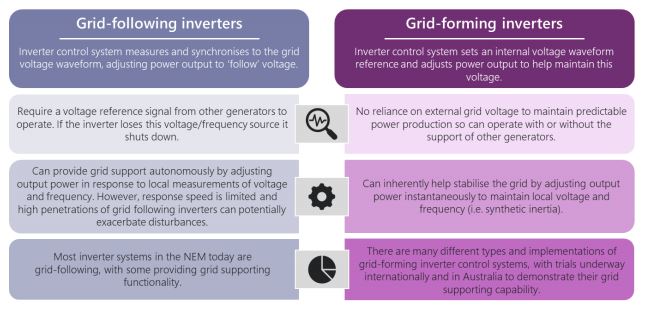
This is slowing the rollout of the much needed services because their value isn’t reflected in solid revenue streams which would drive investment. Just yesterday though, the Commonwealth government-backed ARENA provided funds for Monash University to conduct a $1.18 million study into alternative market designs to better support energy storage technologies and drive clearer investment signals.
“Improving the economics of energy storage is going to be key in our transition to high shares of renewable electricity,” ARENA’s Miller added. Last year, AEMO published a white paper outlining the importance of grid forming inverters/virtual synchronous machines in realising its goal to be ready for instances of 100% renewables by 2025.
There are a number of other big batteries in planning or construction which will also deploy virtual synchronous capacities, including AGL’s 250 MW/250 MWh battery project on Torrens Island in South Australia.
Hornsdale trials to deployment at scale
In the lead up to the deployment, the Australian Renewable Energy Agency (ARENA) provided $8 million to trial the grid forming technology at Hornsdale, which sat alongside $15 million from the South Australian government’s Grid Scale Storage Fund.
ARENA’s CEO, Darren Miller, described Hornsdale as a “pioneering project” demonstrating “the full technical capabilities of what batteries can achieve with advanced inverter technology installed.”
Neoen’s big battery vision for Australia
Hornsdale is one of Australia’s largest lithium-ion batteries, second only to Neoen’s Victorian Big Battery which came online last year.
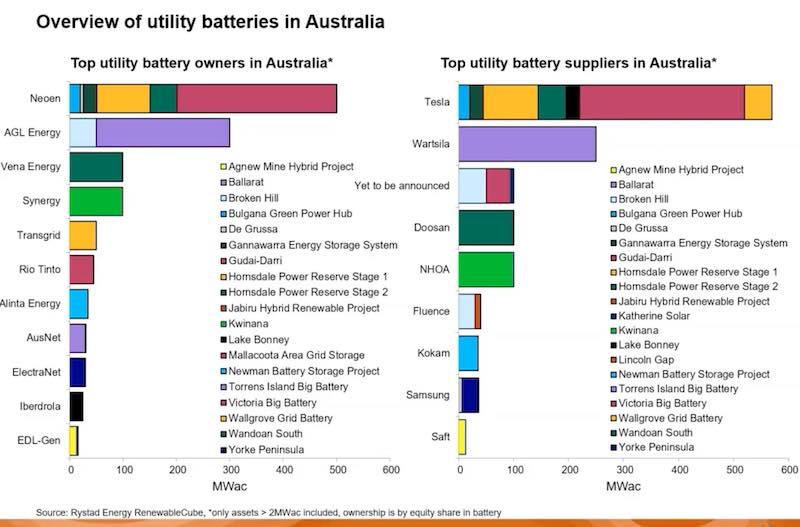
Neoen is also developing several other big batteries in Australia, including the 100 MW Capital battery outside Canberra and a 300MW and 800MWh battery in Blyth, north of Adelaide.
In total, the company has 576 MW of storage capacity either in operation or under construction. Neoen has previously said it plans to have at least one large-scale battery operating in each of the five states participating in Australia’s National Electricity Market (NEM).
At the end of 2021, Neoen’s global pool of storage assets sat at over 700 MW, the vast majority of which are in Australia.
This content is protected by copyright and may not be reused. If you want to cooperate with us and would like to reuse some of our content, please contact: editors@pv-magazine.com.
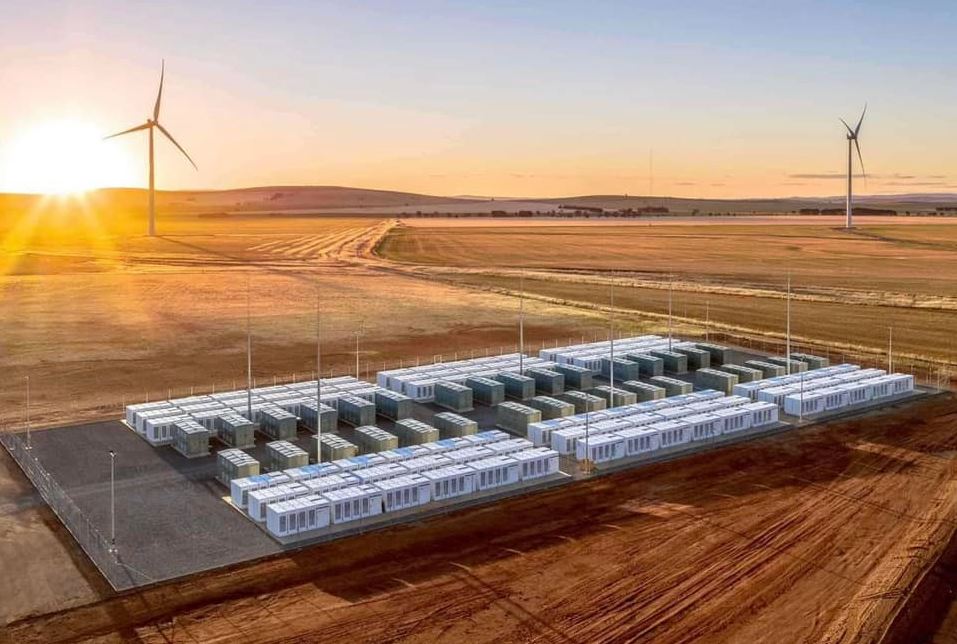
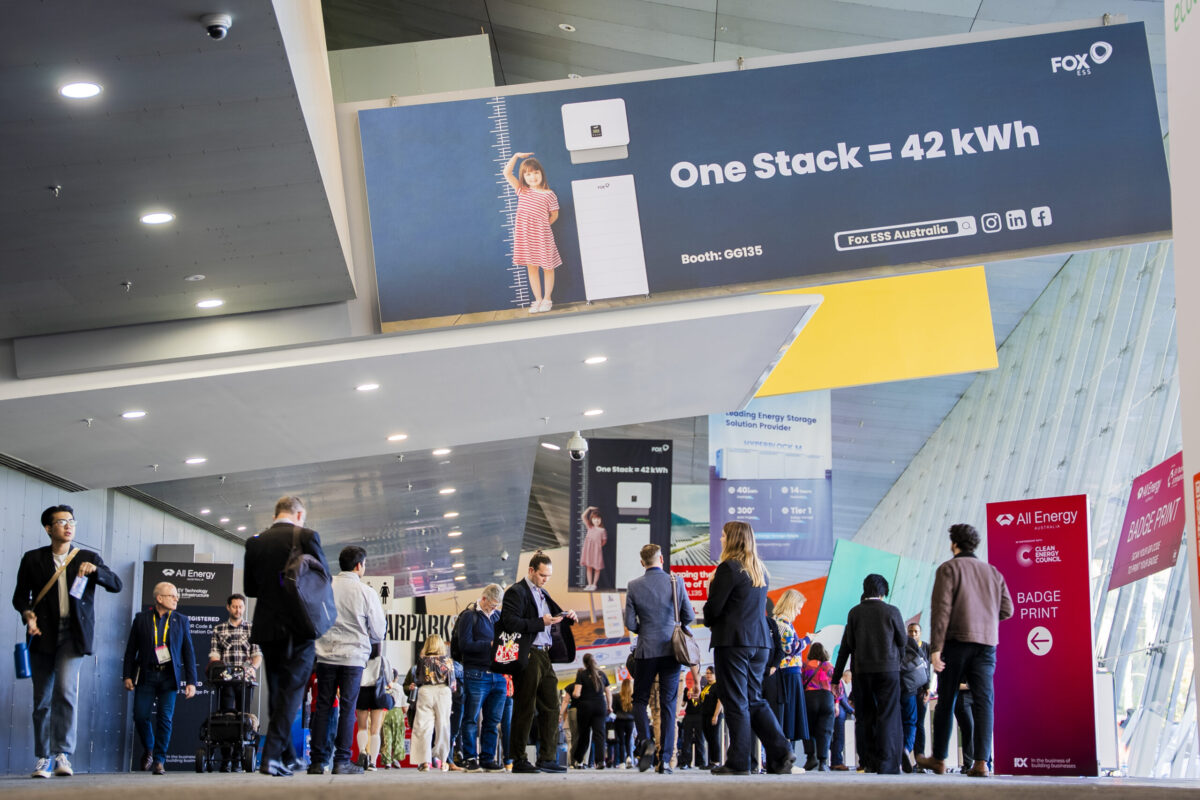


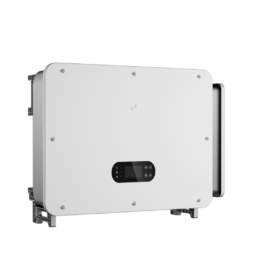
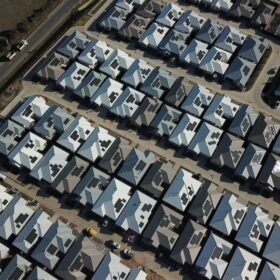
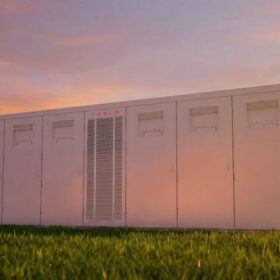
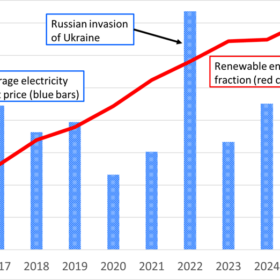
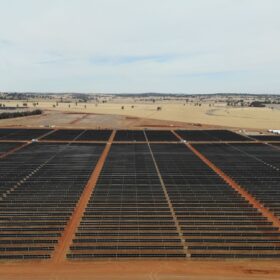
I am curious.
What percentage of Australia’s energy needs are being met from renewable sources? (breakdown by solar, wind, geothermal, hydro, etc).
These batteries seem to be used to ‘regularize’ supply rather than store energy after generation and then distribute as needed. Is that correct?
You seem to have a good story here, but its still in the “Once upon a time” phase rather than providing a useful picture of the changing electricity market.
The big question – how soon can we expect this transition to take electricity prices from ridiculous to reasonable? At present stories about the batteries are sorta sweet, but people’s minds are on the absurd prices.
Hi Mike, thanks for your comment! So the share coming from renewables is different in each state and changes all the time depending, in part, on the weather. You can see a real time breakdown of each Australian jurisdiction here: https://www.nem-watch.info/widgets/reneweconomy/.
South Australia’s average sits today around 63%, most of which is provided by wind and, in the daytime, solar.
Since the Hornsdale Power Reserve doesn’t have a lot of depth (just over an hour discharging at 100 MW), I think at this stage the battery’s role is more to smooth the variability of renewables rather than to actually provide power to SA into the evening. That said, once more capacity is built and once big storage projects like Snowy Hydro 2.0 (which provides deep storage) are completed, that will change.
I don’t agree this is a “once upon a time” story however since the battery’s capacity to work as a virtual synchronous machine has already launched and has started being available from July. The question about when electricity prices will drop, I would say, is better directed at the technologies responsible for the price hike: coal and gas. Wind and solar remains cheap and there is not yet enough grid-scale storage capacity deployed in Australia to shift pricing through those technologies. Hope that answers your questions! Cheers